Erika Watson of Epicurean Harvest is a good friend to Local is Lovely and a regular guest at our workshops. With partner Hayden Druce, she grows superb produce on their small pot in the Blue Mountains and is a wealth of knowledge on preserving and storing seasonal excesses. So it’s with the greatest of pleasure that I’m sharing below, Erika’s easy recipe for cabbage and caraway kraut.
Kraut is one of the most delicious and simplest fermented foods going around – basically cabbage and salt become kraut through the very cool process of lactic acid fermentation. By massaging the cabbage leaves with salt, the beneficial bacteria on their surface converts sugars in the cabbage into lactic acid which in turn, halts the grown of harmful bacteria and and creates a delicious cocktail of vitamins, enzymes and super friendly bacteria, all of which are great for our insides and digestive system.
If you are new to the wonderful world of fermented foods, kraut is a great place to start as it’s a really simple process for which you need no special equipment; just a nice big jar, salt and a little time. There is a wealth of information out there on the net (I love Cultures for Health – a mine of info), so do some googling and get fermenting. Your palate and insides will thank you!
Erika’s Kraut
1 large savoy cabbage
Salt
1 tbsp caraway seeds
- Remove 1/2 outer leaves of the cabbage and put aside for later.Using a large sharp knife finely chop a whole cabbage (taking out the cores) measuring out 1kg once chopped.
- Place in a large bowl and add 1 level dessert spoon of salt.
- Sprinkle in 1 tablespoon of caraway seeds.
- Either with a heavy mortar or, like me if you like to get more involved, don’t be afraid to get in there with fists and pound it, grab it, squeeze it, rub it…
- It is most desirable to pound to the point when the cabbage is covered by its own juices, these are produced by all that pounding/squeezing etc. At this point transfer to a large mouthed jar (wide enough for your hand/fist to fit through) or crock pot.
- Push the pounded cabbage firmly to the bottom of the jar so the juices sit an inch over the surface of the cabbage.
- Taking the leaves put aside earlier, push them down on top of the mix, so they are sitting under the liquid also, acting as ‘leaf seals’. Taking a weight (I use a jar filled with water, that fits through the larger jar’s opening, but crock pots often come with weights) place it on top of the leaves and push down again.
- Place the lid over the top (if using a crock pot, fill the lip with water – this will need to be done daily).
- Let it stand for 10 to 14 days depending on the time of year (in warmer weather the fermentation process usually takes about 10 days, longer in colder weather). After the 10 days, pour out liquid and remove weight jar and discard top leaf seals. Sometimes these top leaves become infected with airborne fungi or bacteria, don’t worry, that’s what they are there for – to protect the kraut you made below.
- Fork out kraut into smaller jar and keep in the fridge. It’s now ready to go!
Once you have the hang of making kraut, you can apply the basic technique to pretty much any vegetabale. Try fermenting grated or thinly sliced carrot with slithers of ginger. And this apple and beetroot relish sounds beautiful too.
Ok so now you have a big jar of beautiful, healthy kraut – what to do with it? Here are five ideas to get you inspired and fermenting!
- Start with a the classic – pile atop a sandwich of rye bread with pastrami.
- Dollop a tablespoon or so on top of a winter minestrone to add tang and crunch.
- Use raw sauerkraut is as a bed for a nice fried or soft poached egg – break the egg into the kraut and stir it all through. Yum, what a delicious and healthy breakkie!
- Bake a potato or sweet potato in its skin then cut open and pile in sour cream and kraut. A super filling, yummy and healthy lunch or dinner. Gosh I’d love that for lunch right now!
- Make up a big bowl of brown rice, veggies nuts and maybe a fried egg (I’ve seen such concoctions across the blogosphere called everything from Buddha bowls to sunshine bowls, abundance bowls or hippo bowls) and top with kraut (I love the look of this one and this hippie bowl looks pretty delicious too)
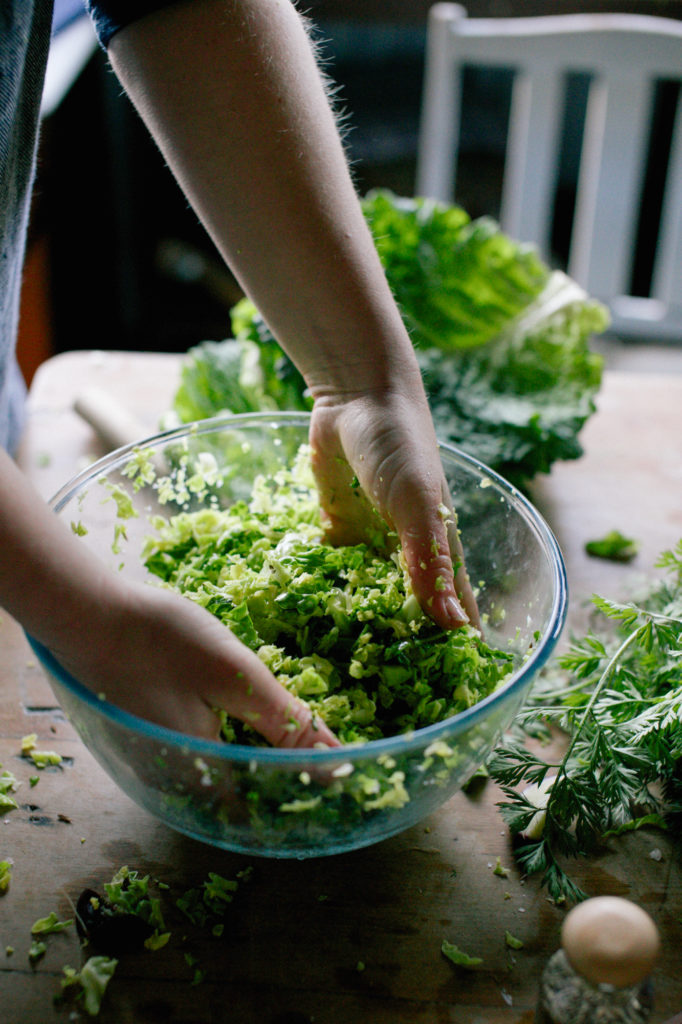

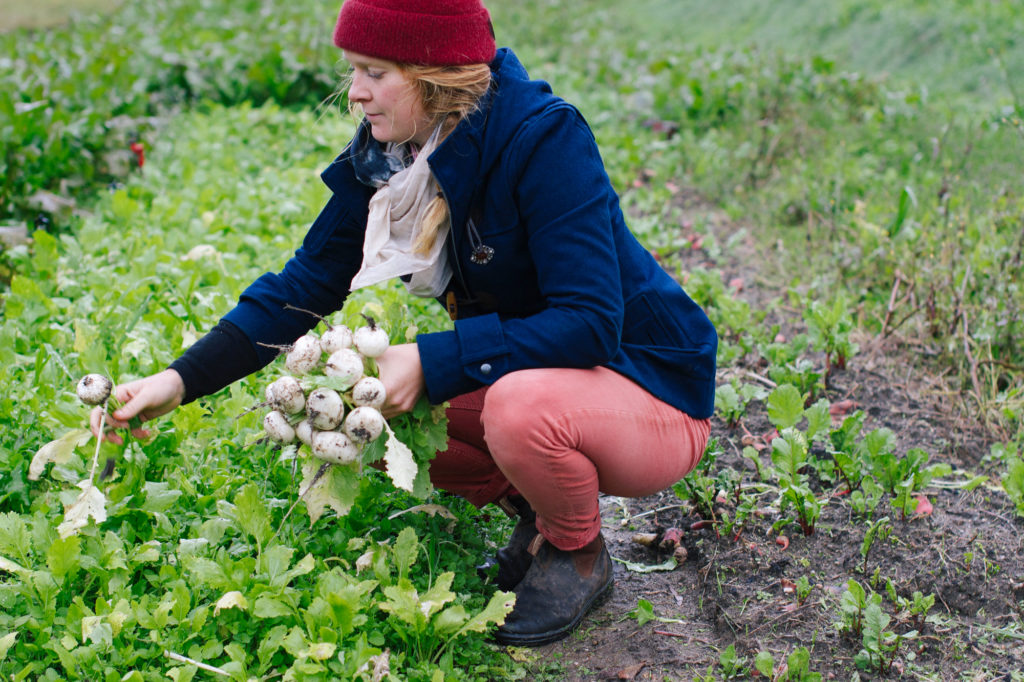
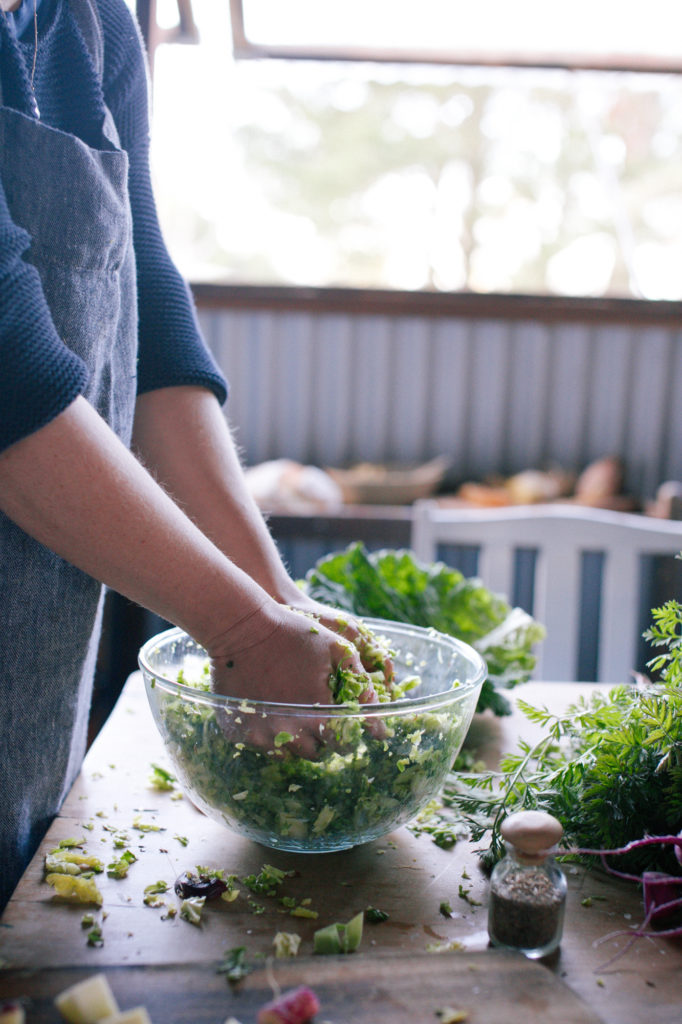
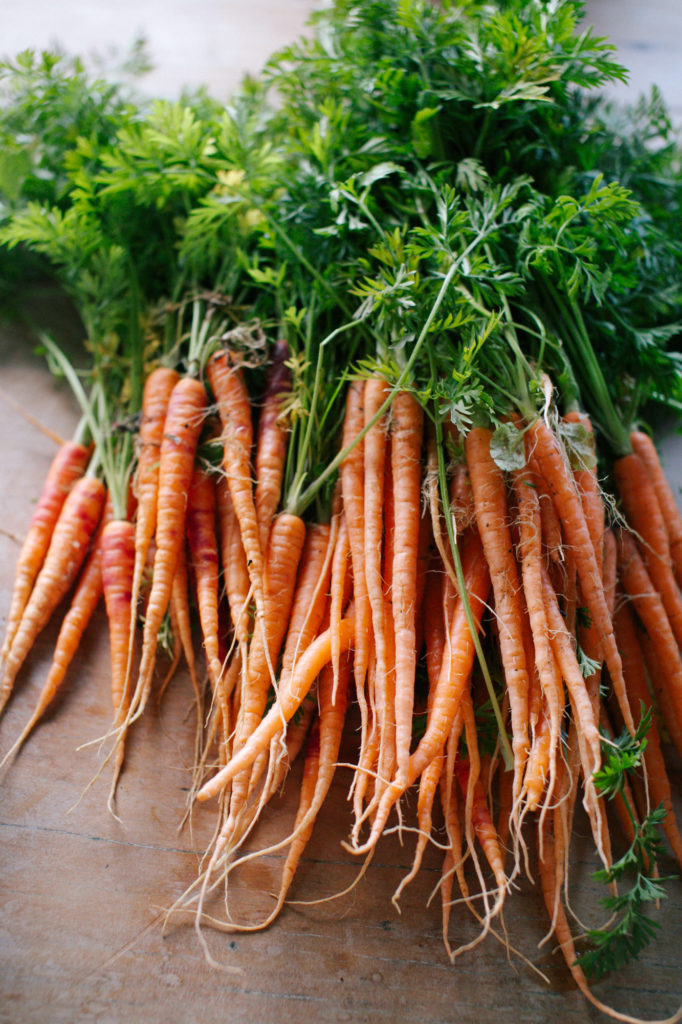
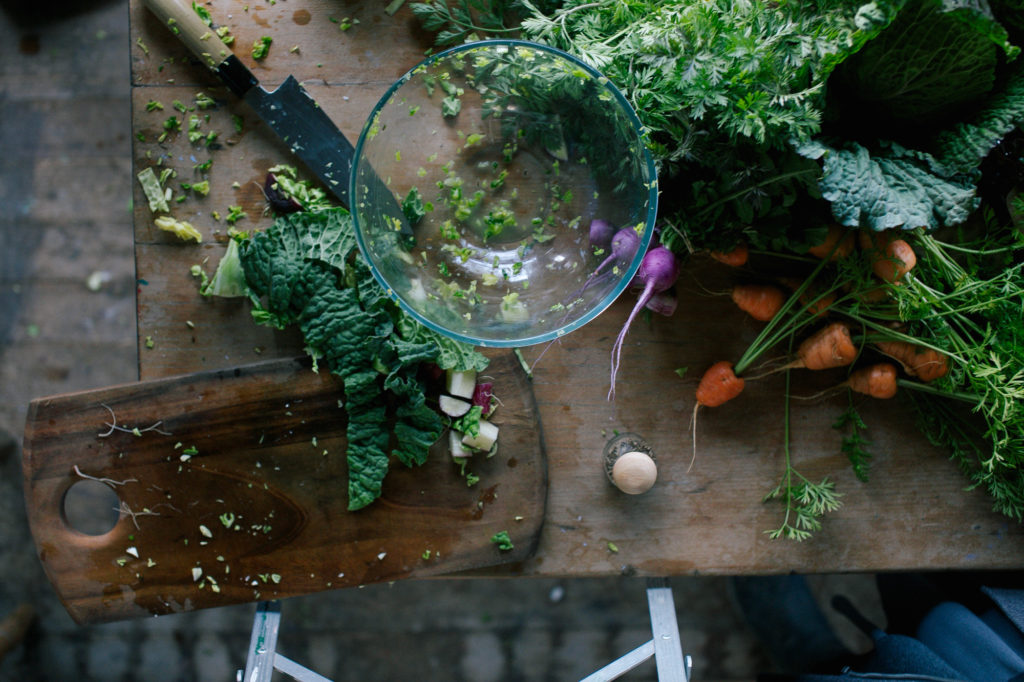
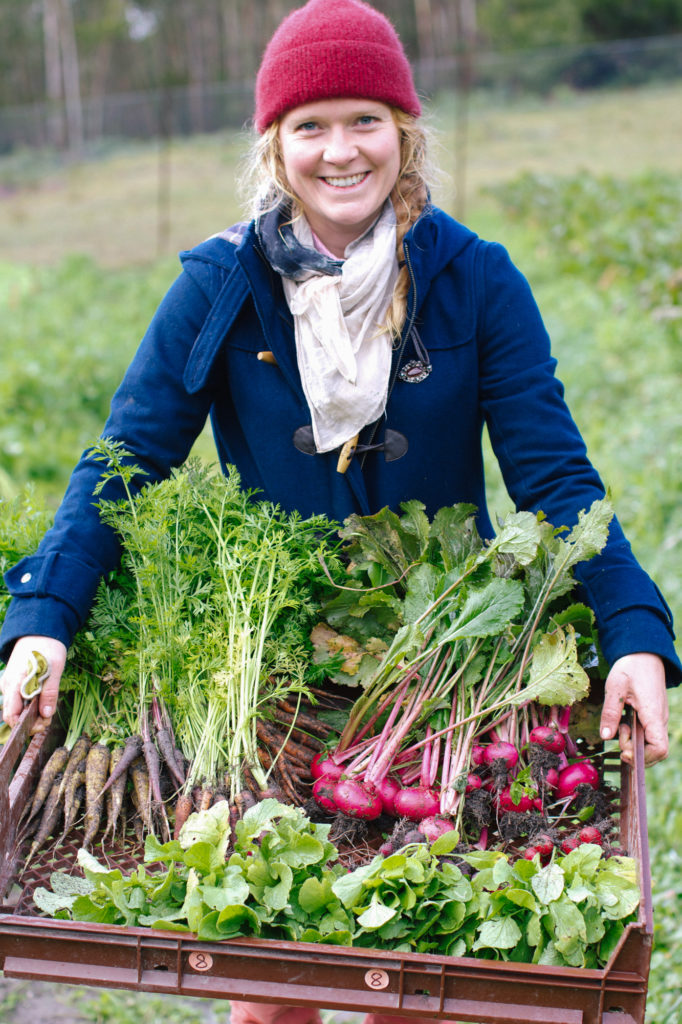

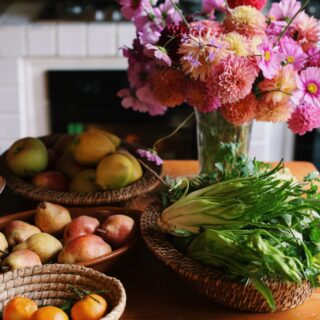
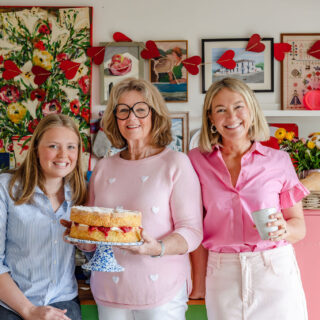
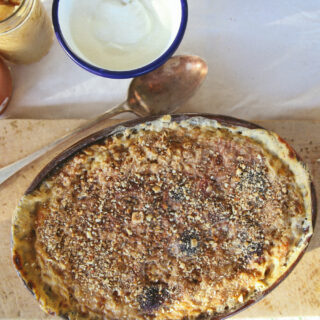

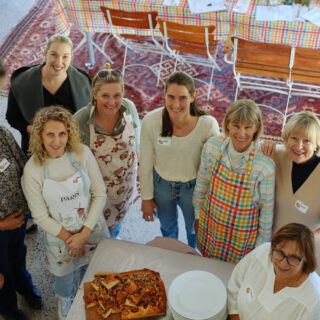
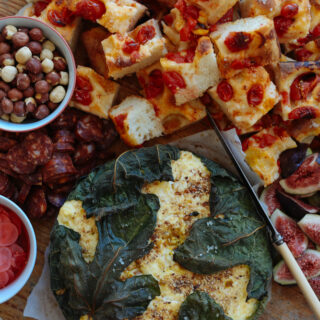

Leave a Reply